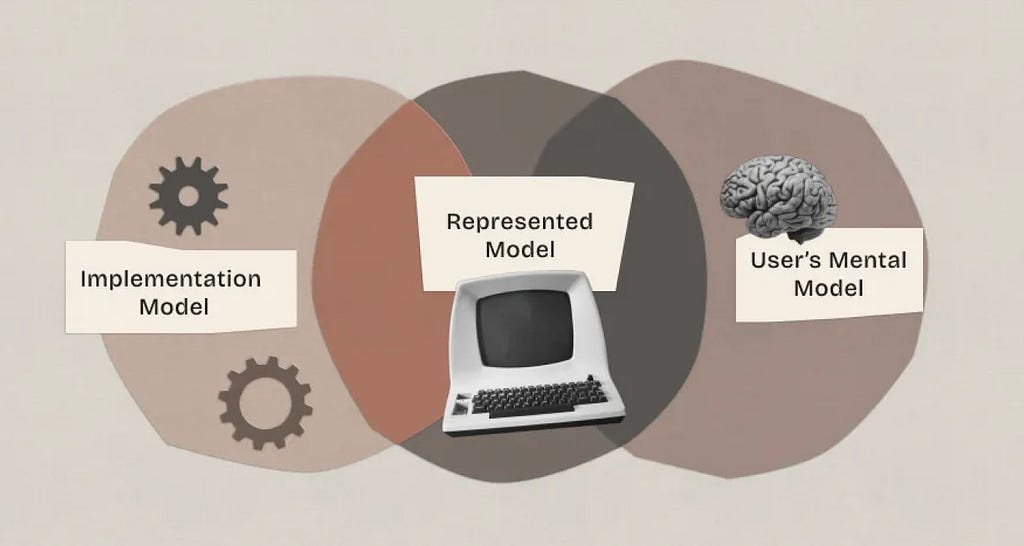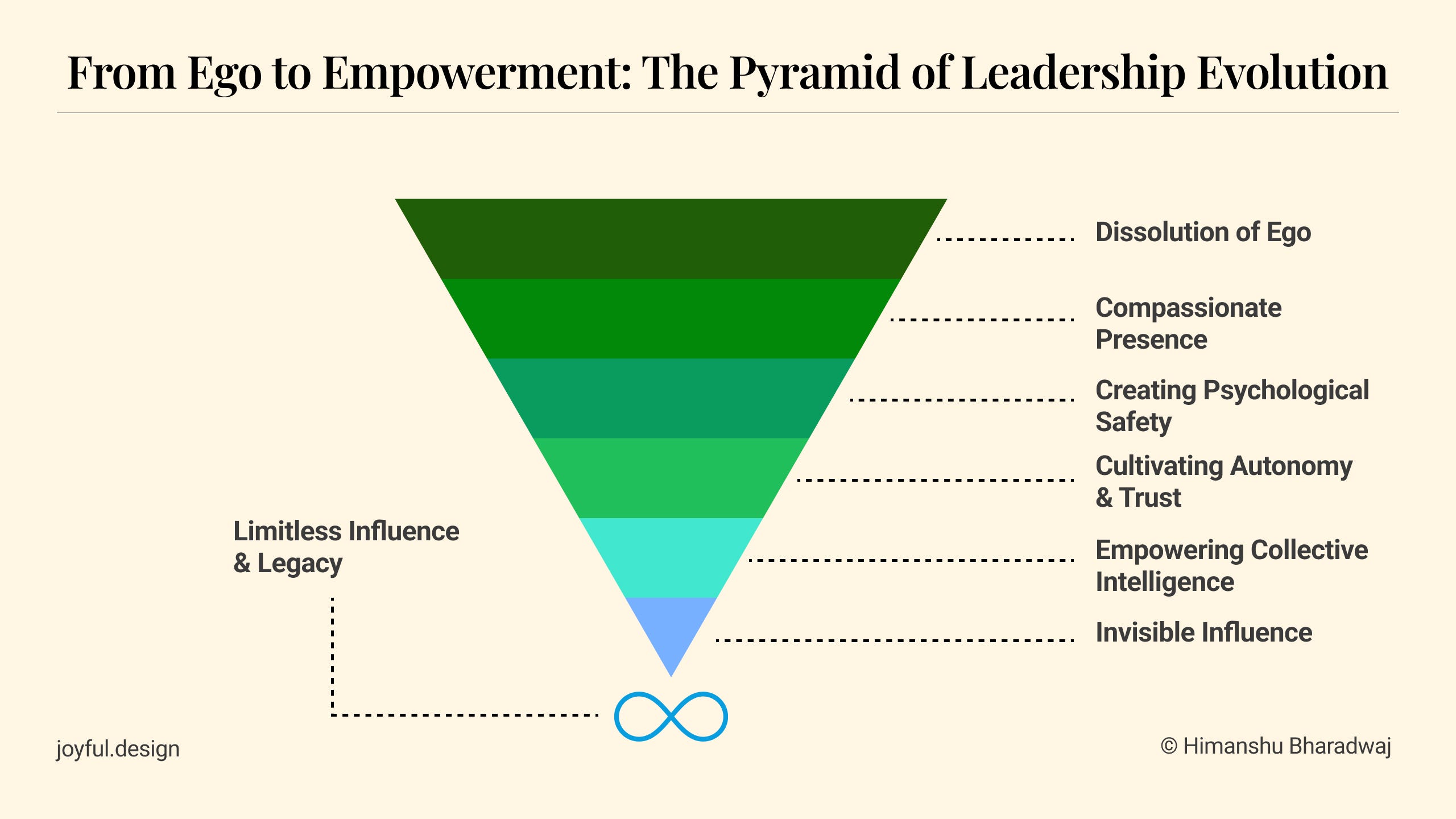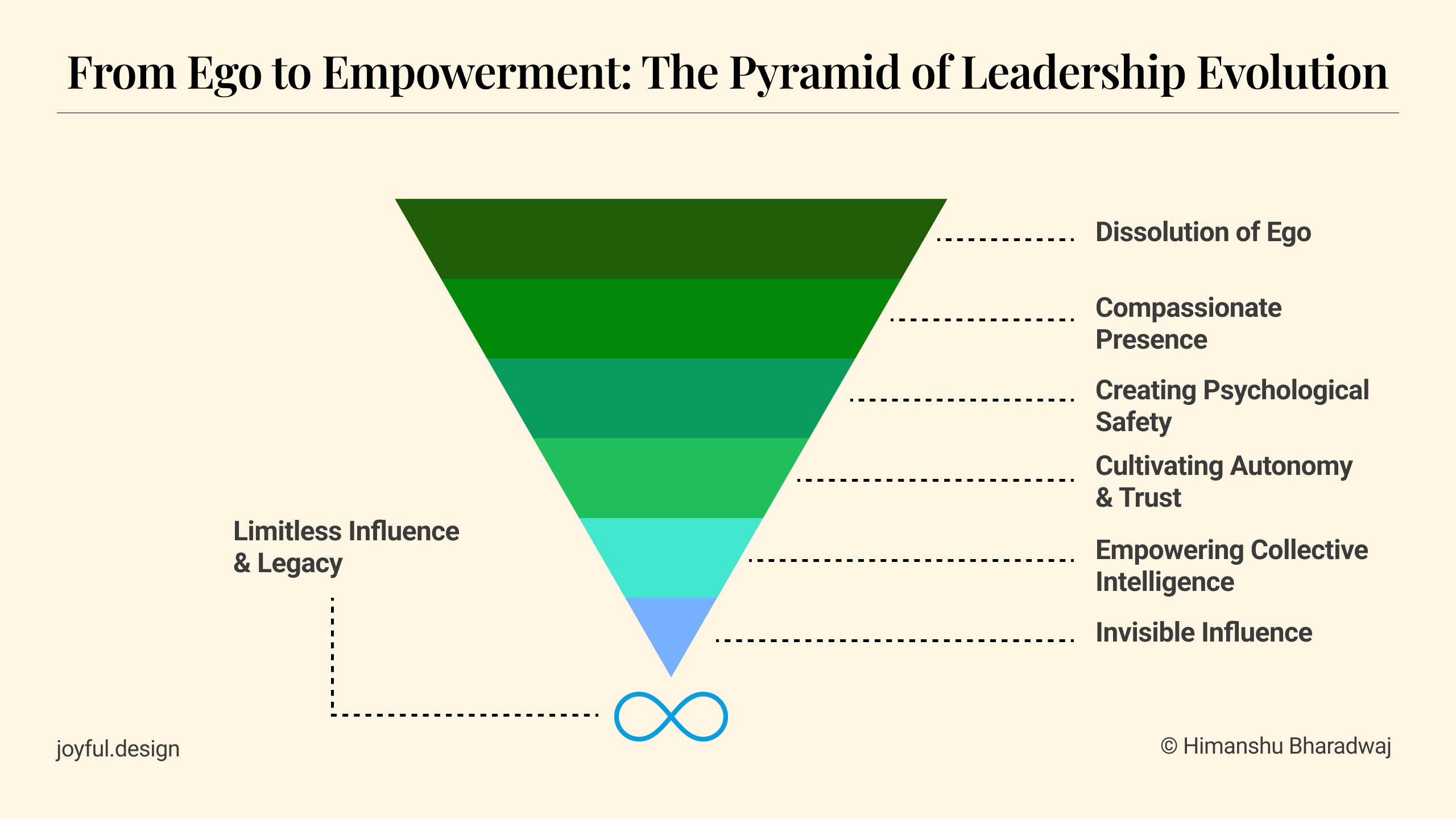What happens when authentic design leadership means letting go in a world obsessed with control? What if less is truly more?
Weekly curated resources for designers — thinkers and makers.

“However, when it comes to building a product, the way different roles approach decisions is shaped by their own experiences and thought processes. This is because our brains naturally rely on familiar information.
When a CTO works on a product, their mental framework already includes a deep understanding of the backend and product logic, as they have spent significant time with it. It’s natural for them to project that knowledge onto the interface, assuming that users will perceive information similarly. And for the CEO, the product’s structure and logic, which they engage with daily, seem like the best way to organize information, given their close connection to it.”
Are you considering the developer’s mental model? →
By Maria Kovalevich
Editor picks
- A modern office metaphor mania →
Where’s the humanness in workplace interface metaphors?
By Suchithra Sathiyamurthy - Setting up UX office hours in your organization →
Extend your impact beyond your capacity.
By Raquel Piqueras - Choice is not the enemy →
When “don’t make users choose” is a lie.
By Ivan Sipilov
The UX Collective is an independent design publication that elevates unheard design voices and helps designers think more critically about their work.

Make me think
- Every webpage deserves to be a place →
“And if you’re in there — which is rare — and somebody else happens to step in at the exact same moment — which is super rare — then you’re like, huh, that’s nice, and you feel the cosy glow of co-presence and finish looking at the pictures then wander out again.” - How Gmail solved the “impossible” problem →
“The Gmail team discovered that perfect precision wasn’t necessary for people. The value-add of grouping an entire conversation in one place far outweighed any minor confusion from edge cases.” - The power of mentorship: why every creative needs a mentor →
“Being a creative is not just about honing your technical skills — it’s also about overcoming emotional challenges like self-doubt and creative block. Mentors provide crucial support during these difficult times.”
Little gems this week

Improving search: a case study of Gmail →
By Rosie Hoggmascall

Deceptive UX as an accelerant for transformation →
By Michael F. Buckley

Competing for user attention →
By Luca Lamera
Tools and resources
- Simplifying documentation writing →
The toughest part of a design system.
By Dean Harrison - Component spec →
The design system component delivery.
By Matan Rosen - Analyzing Duolingo’s retention techniques →
How they keep users motivated.
By Mary Borysova
Support the newsletter
If you find our content helpful, here’s how you can support us:
- Check out this week’s sponsor to support their work too
- Forward this email to a friend and invite them to subscribe
- Sponsor an edition
Developer’s mental model, choice is not the enemy, component spec in UX was originally published in UX Collective on Medium, where people are continuing the conversation by highlighting and responding to this story.


Leave a Reply